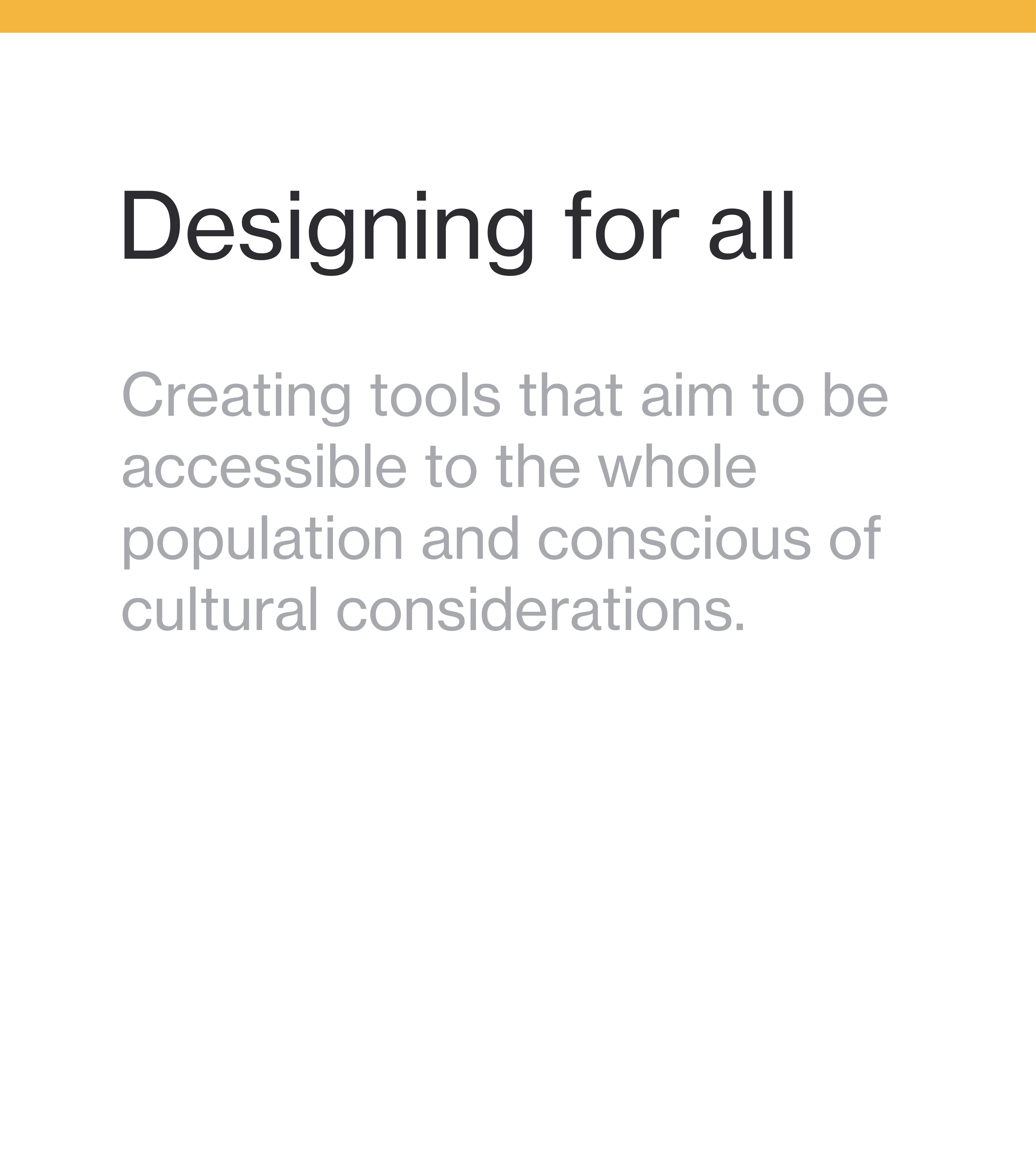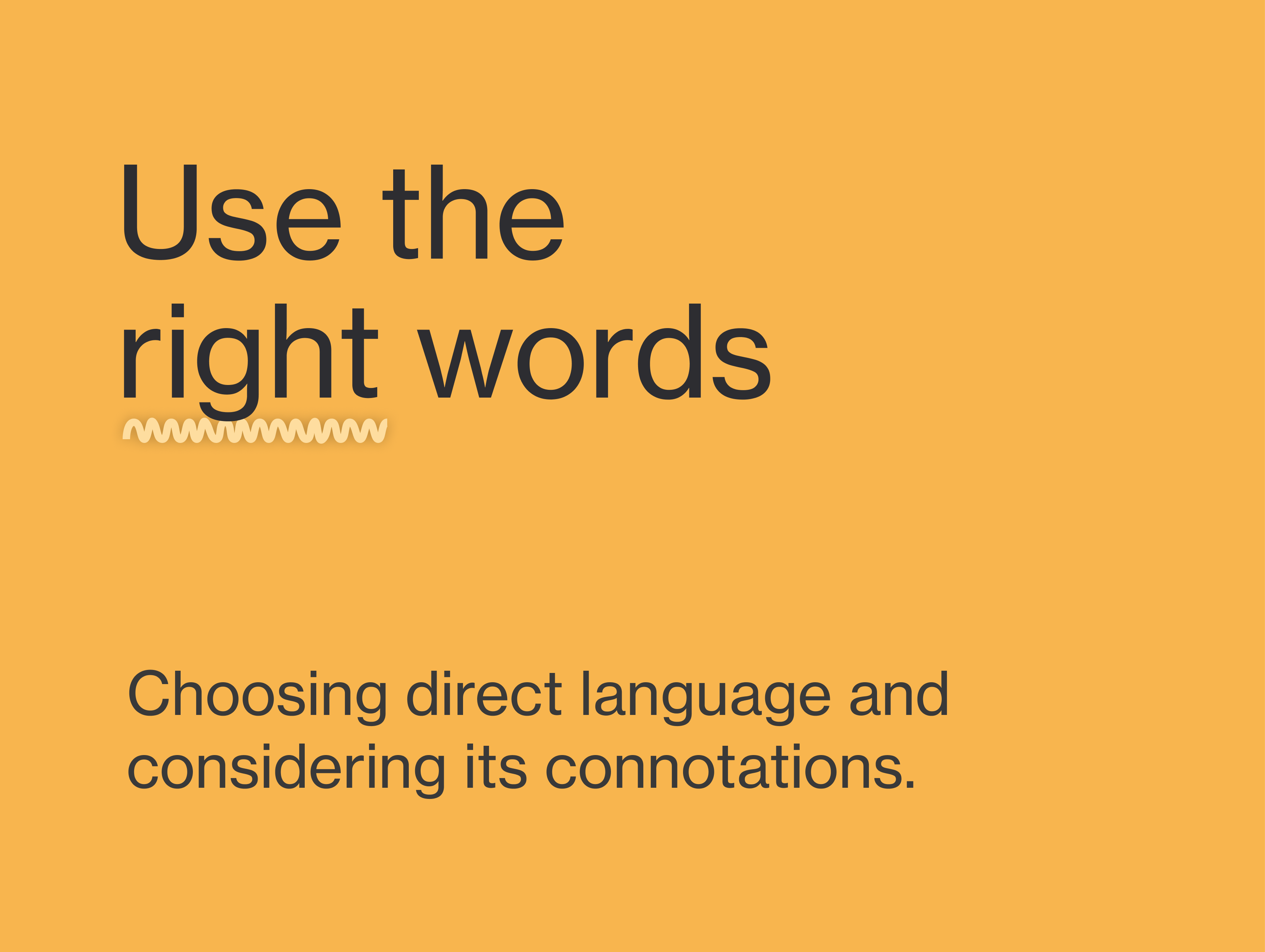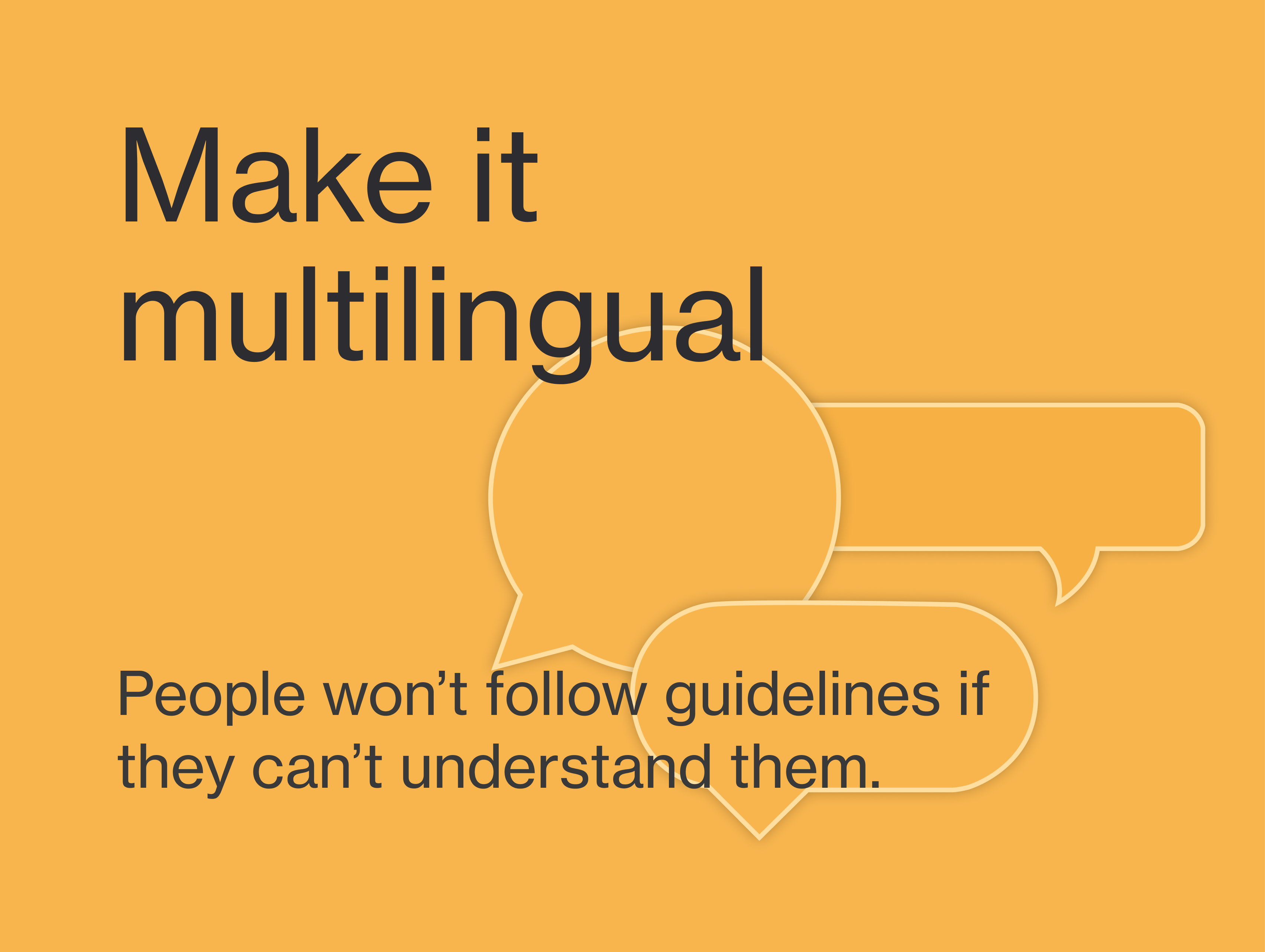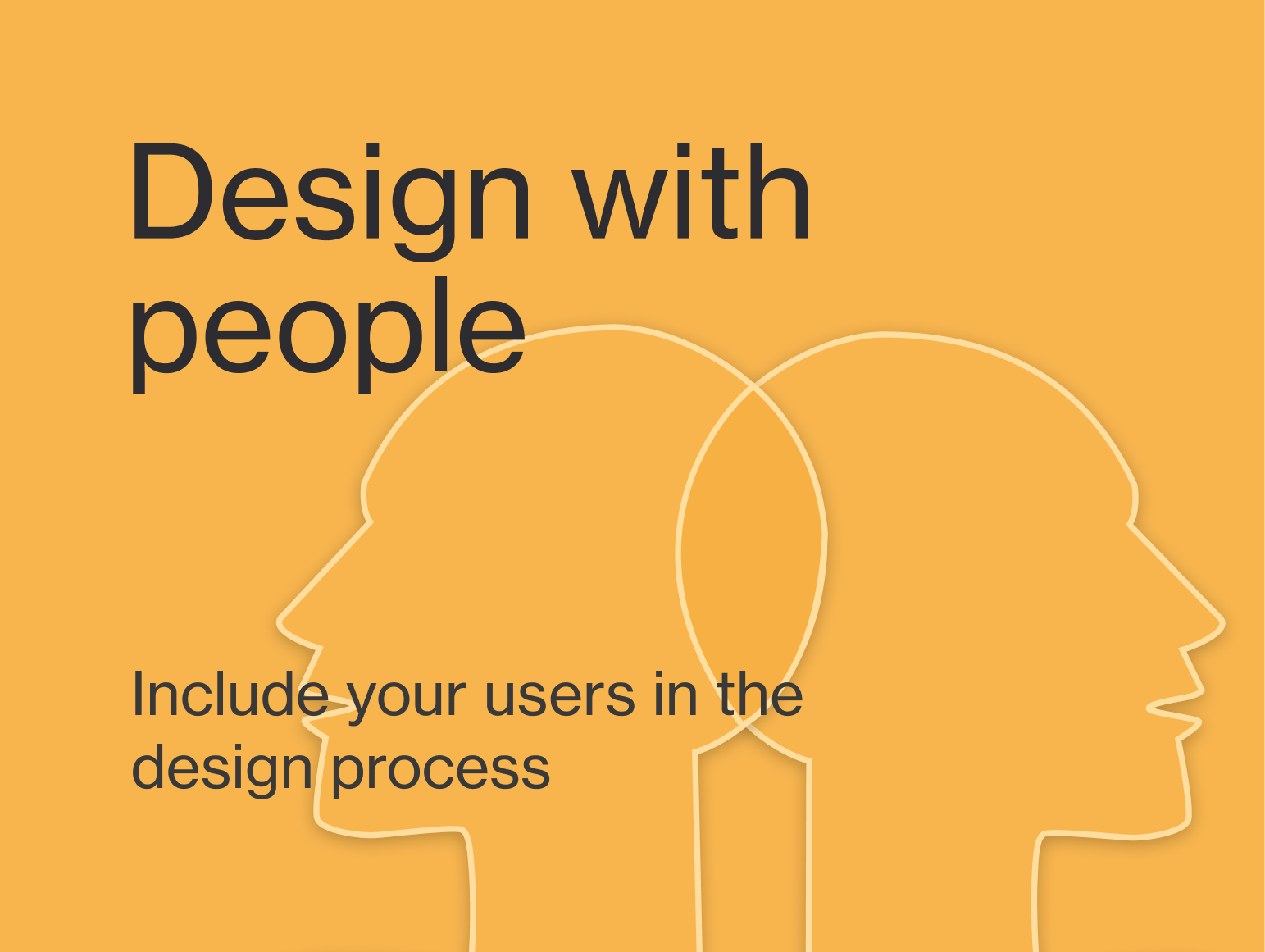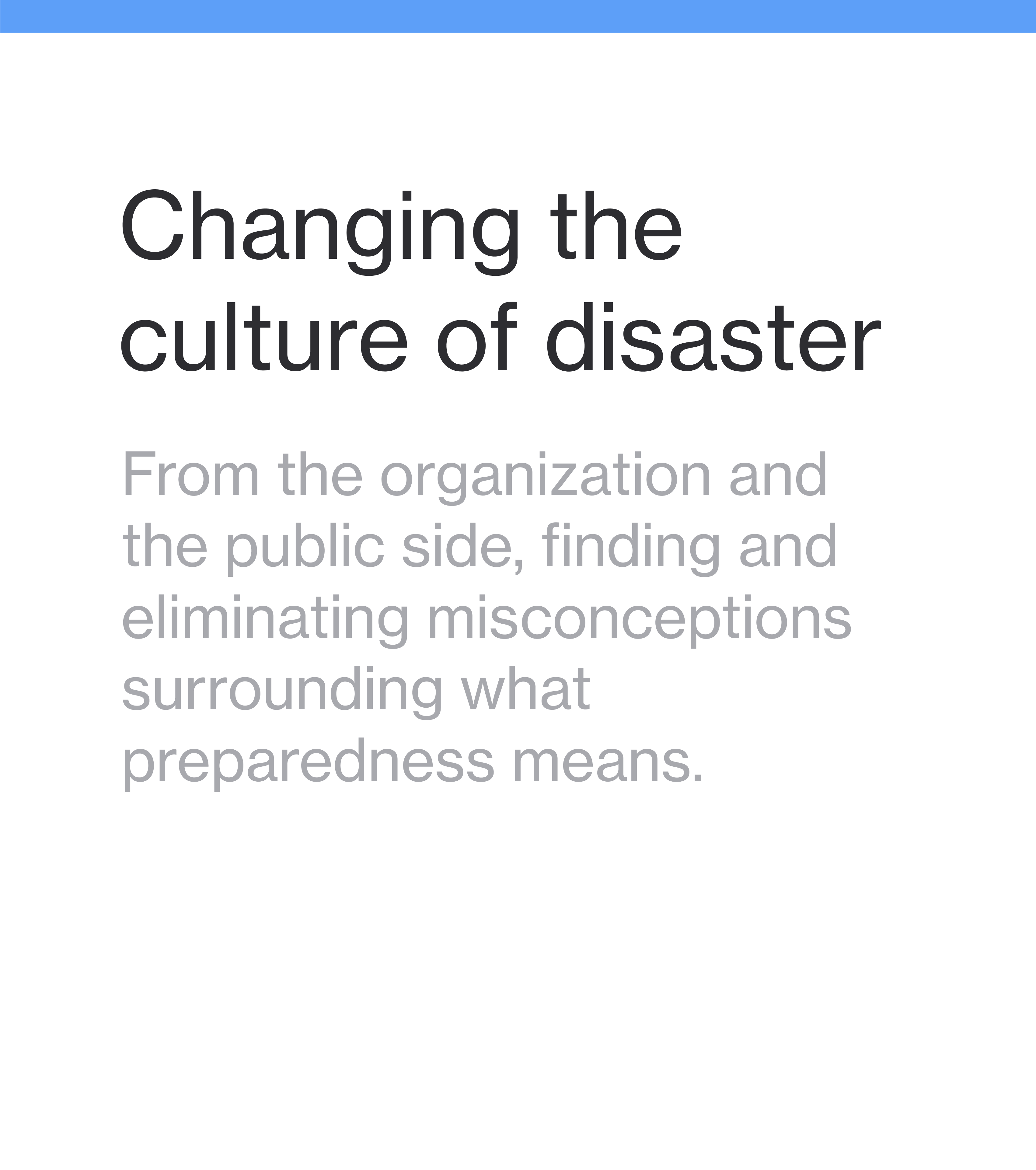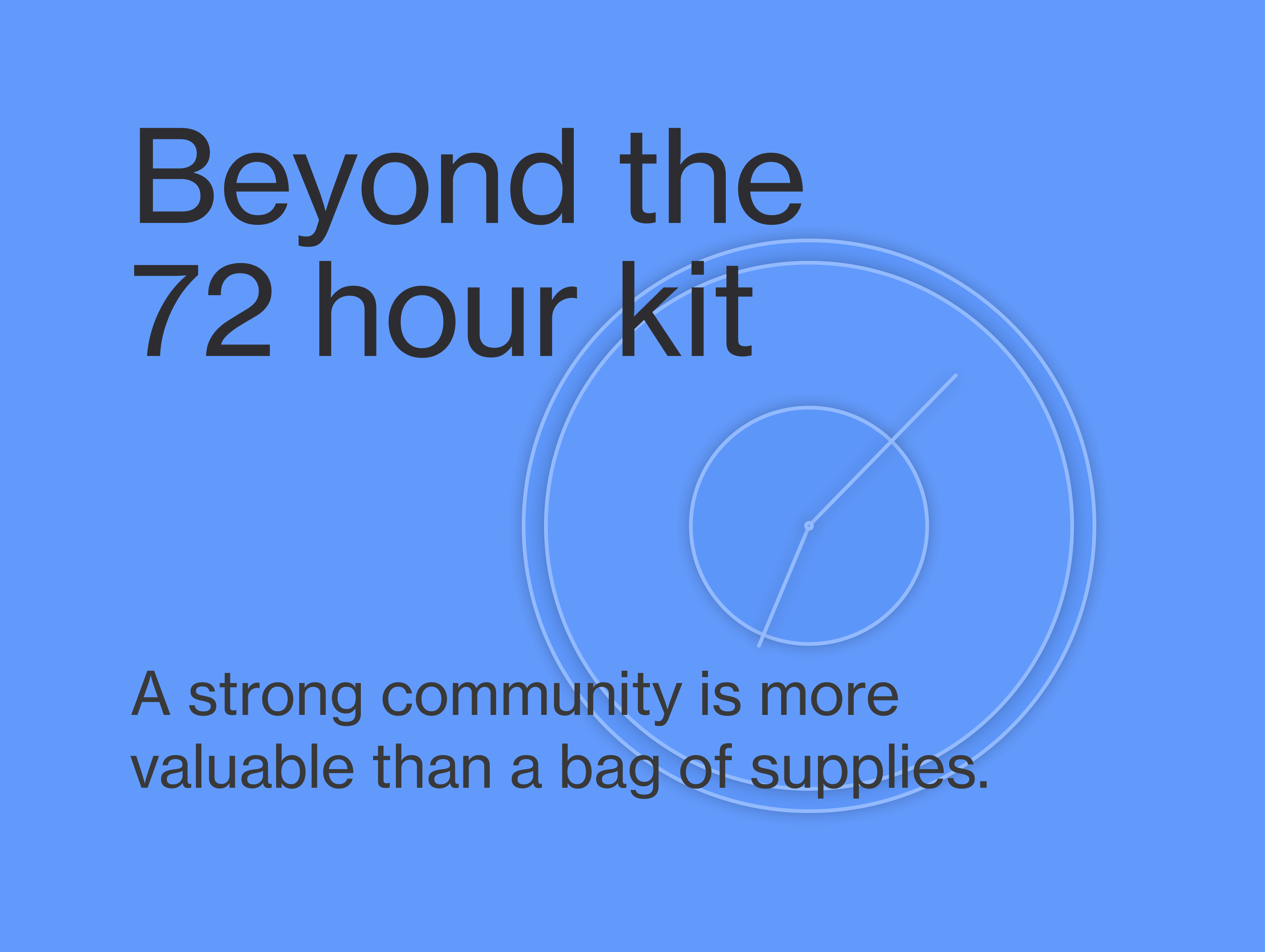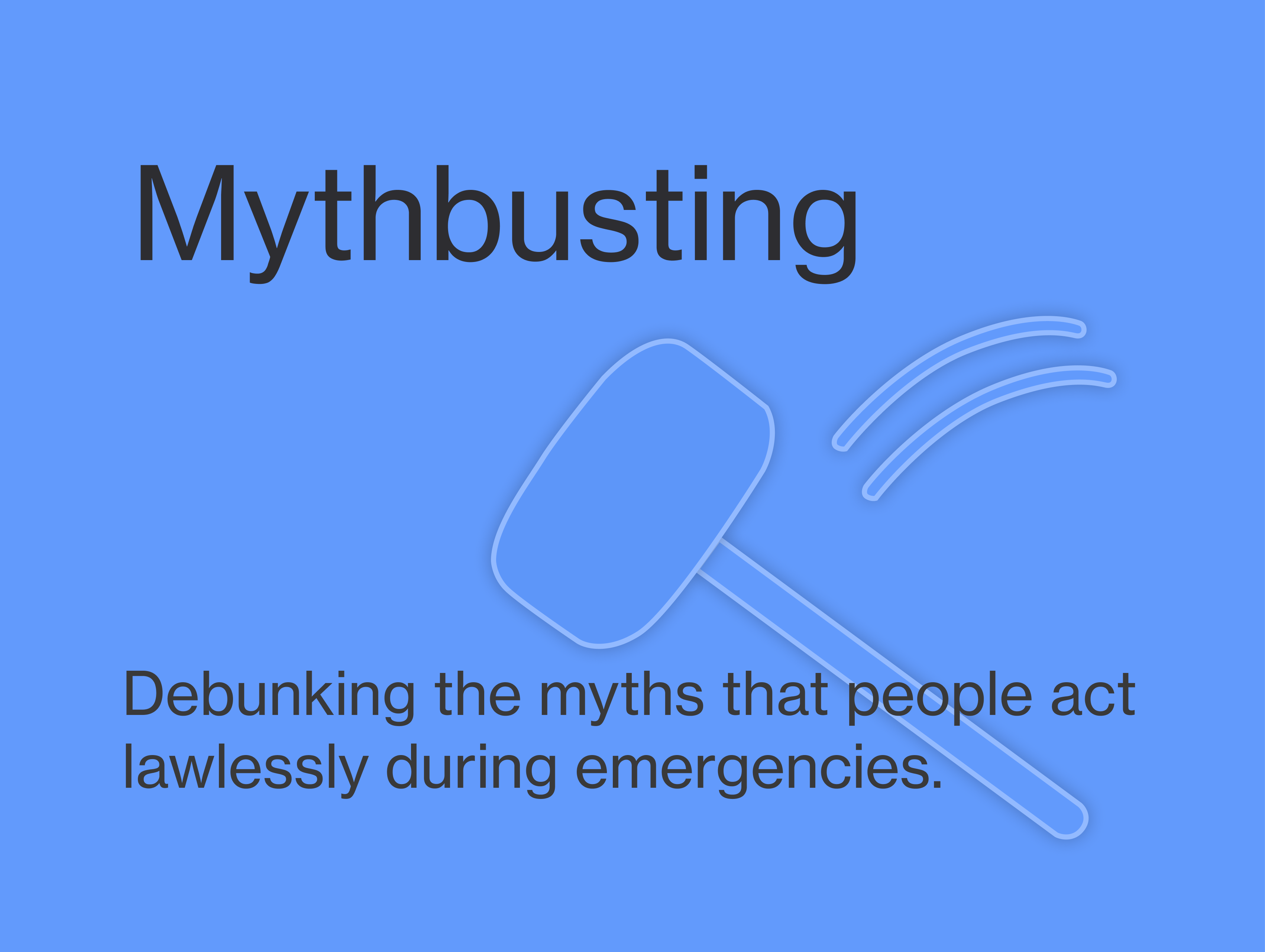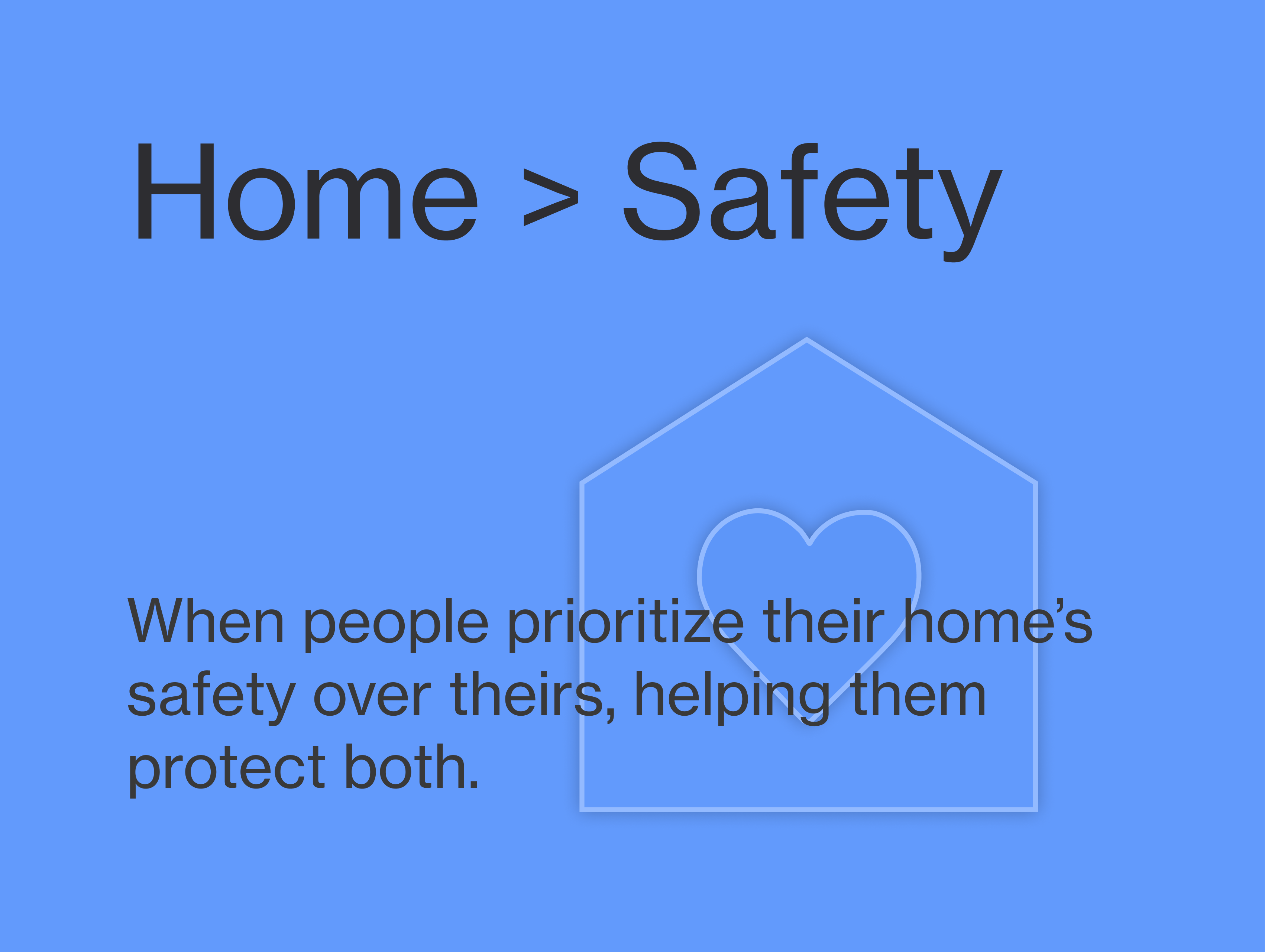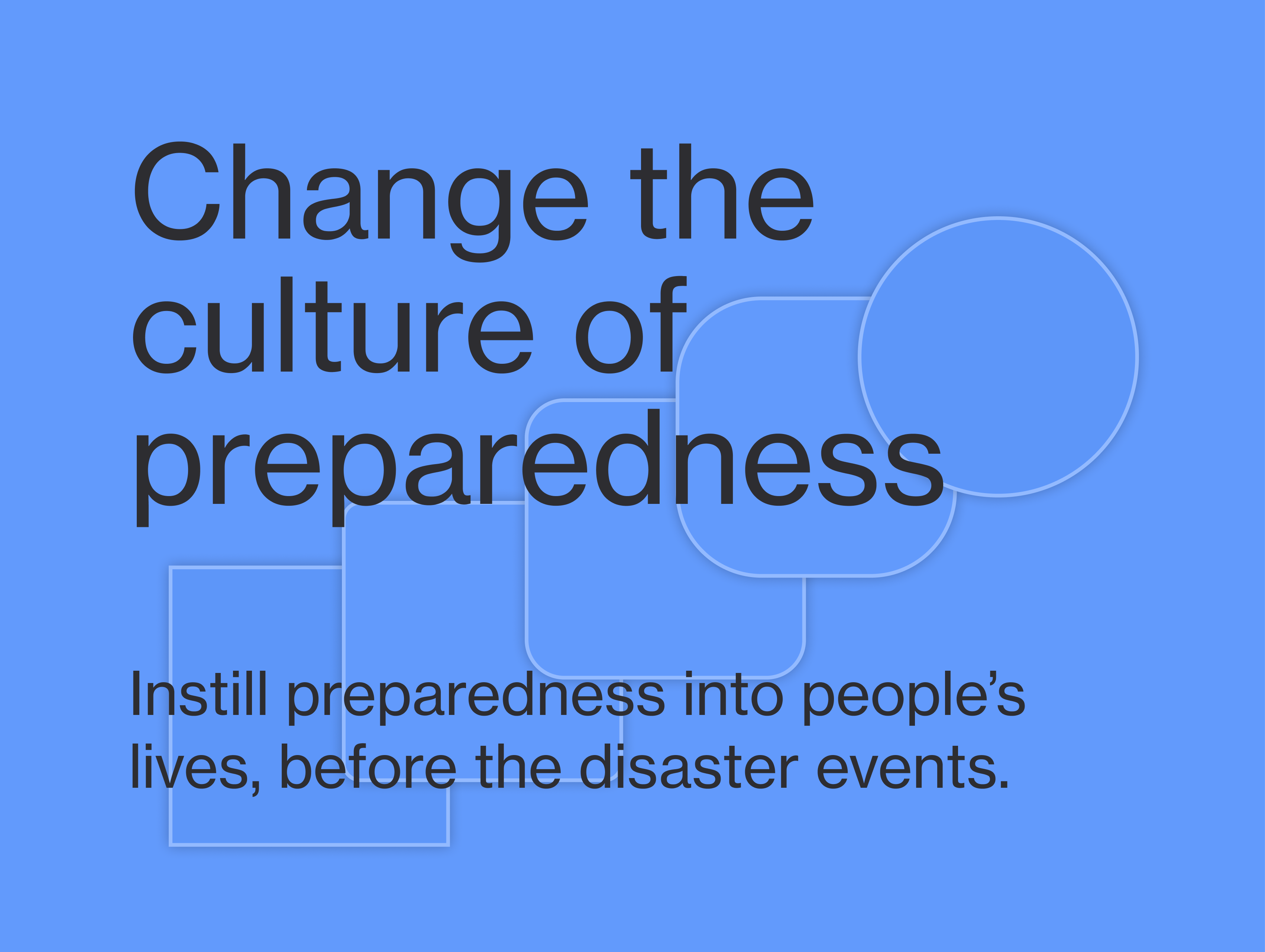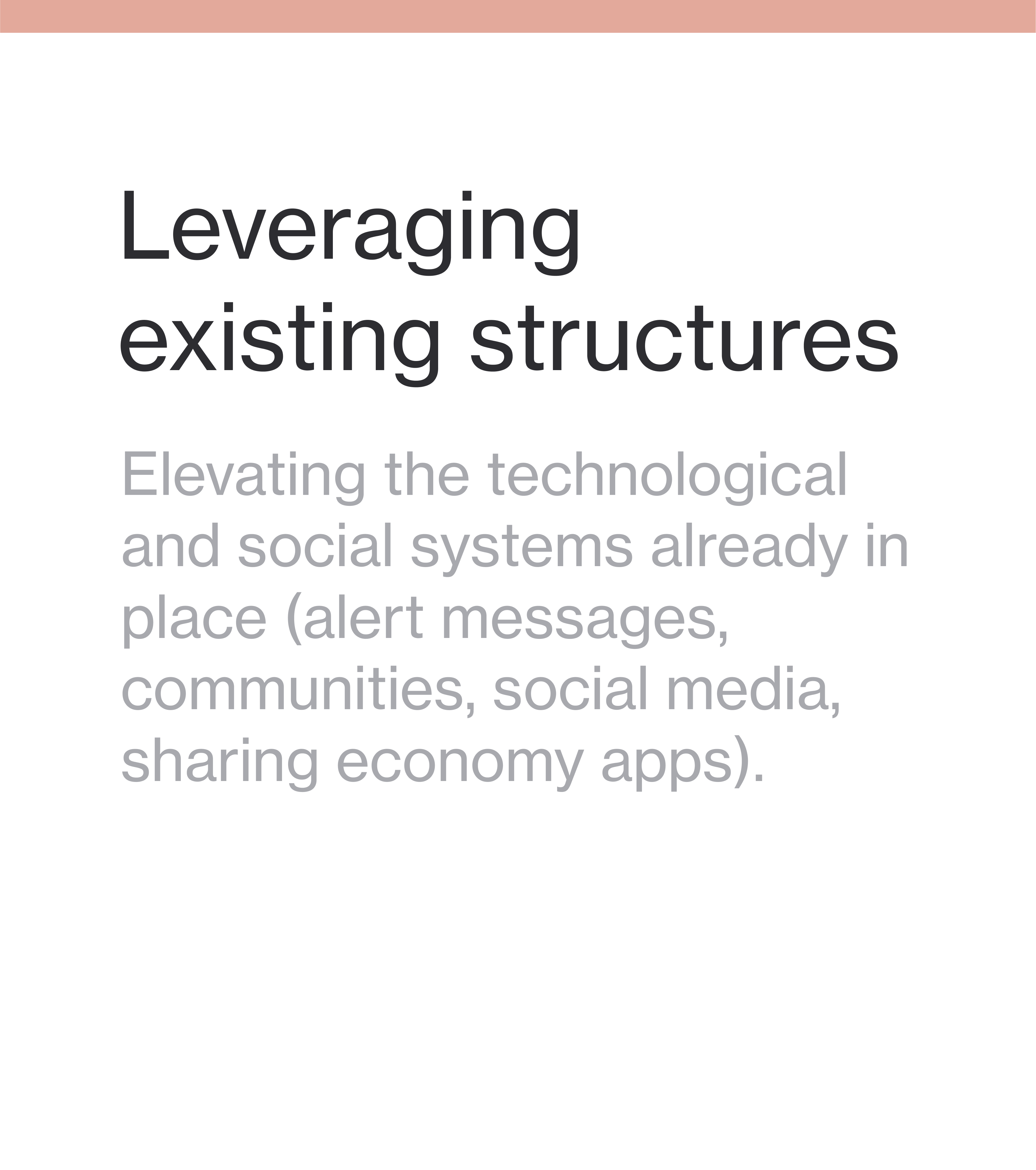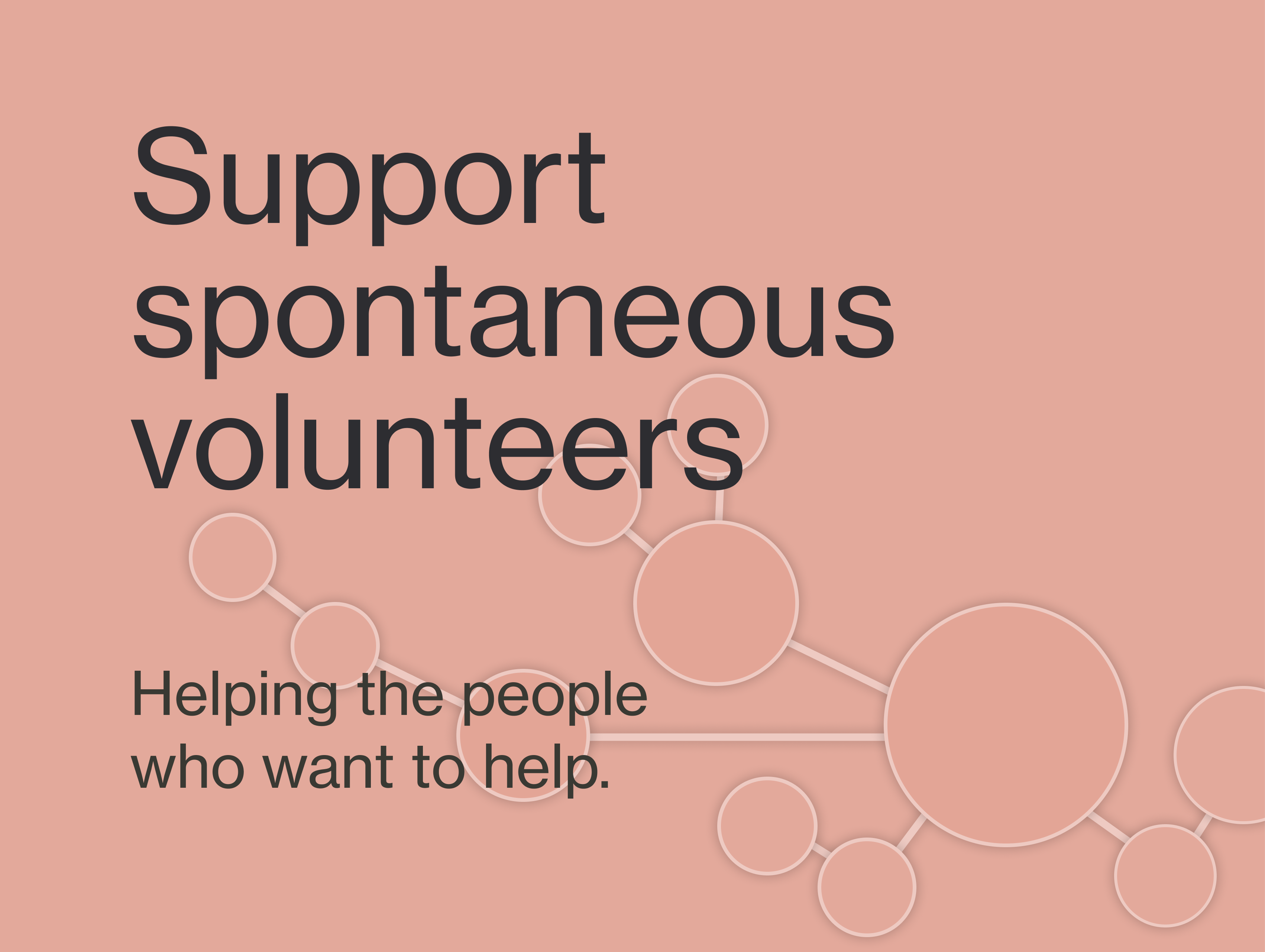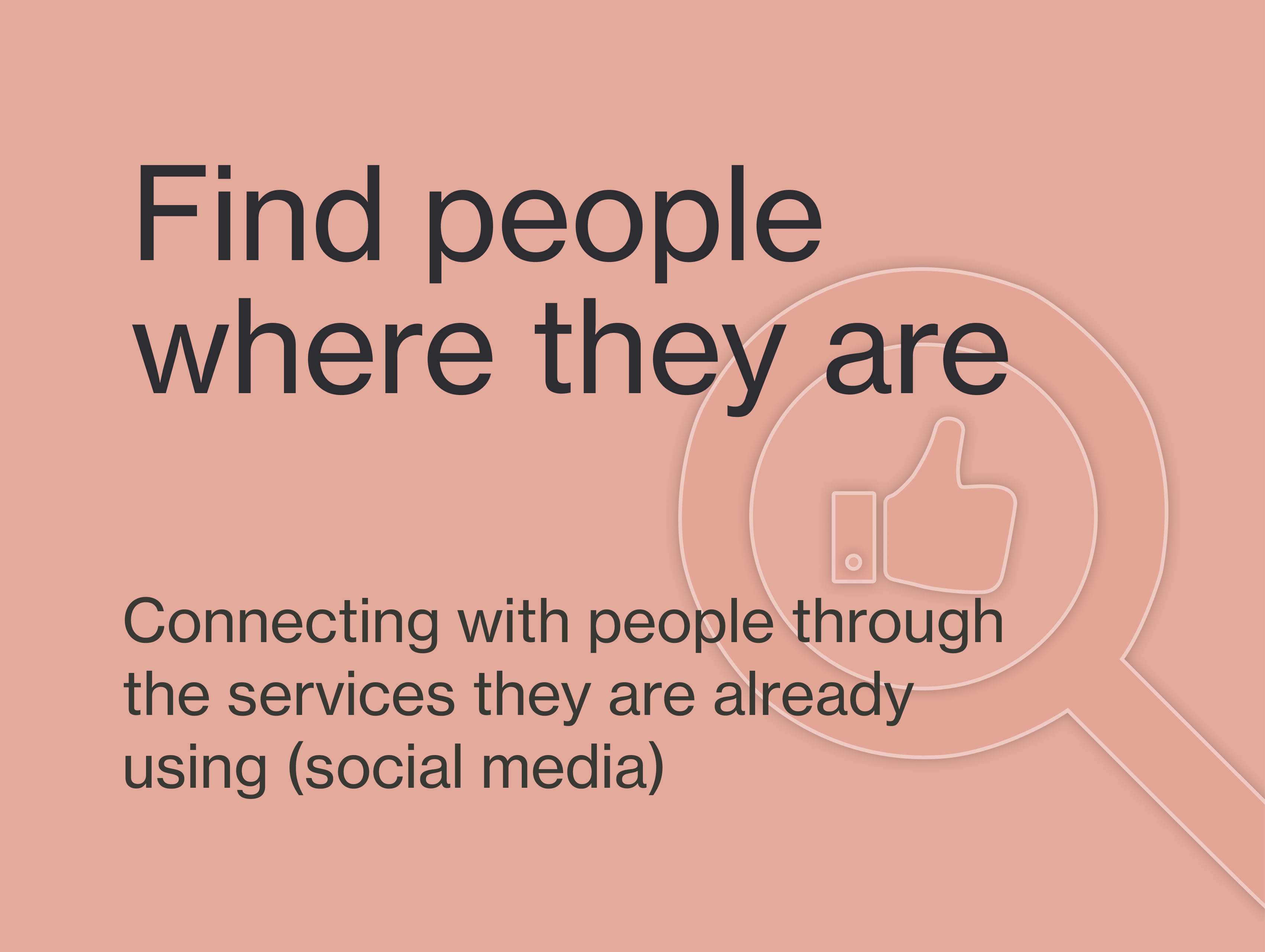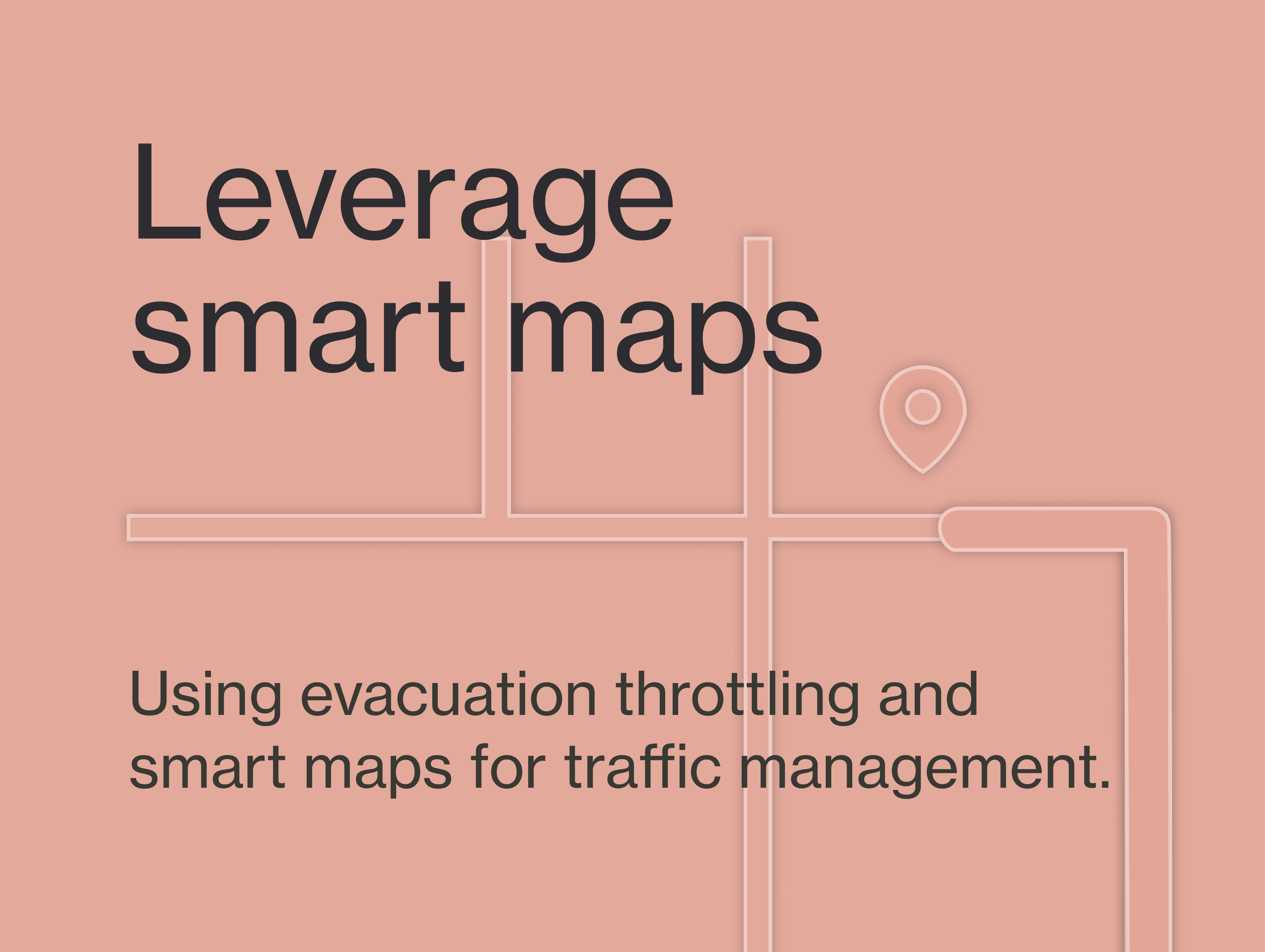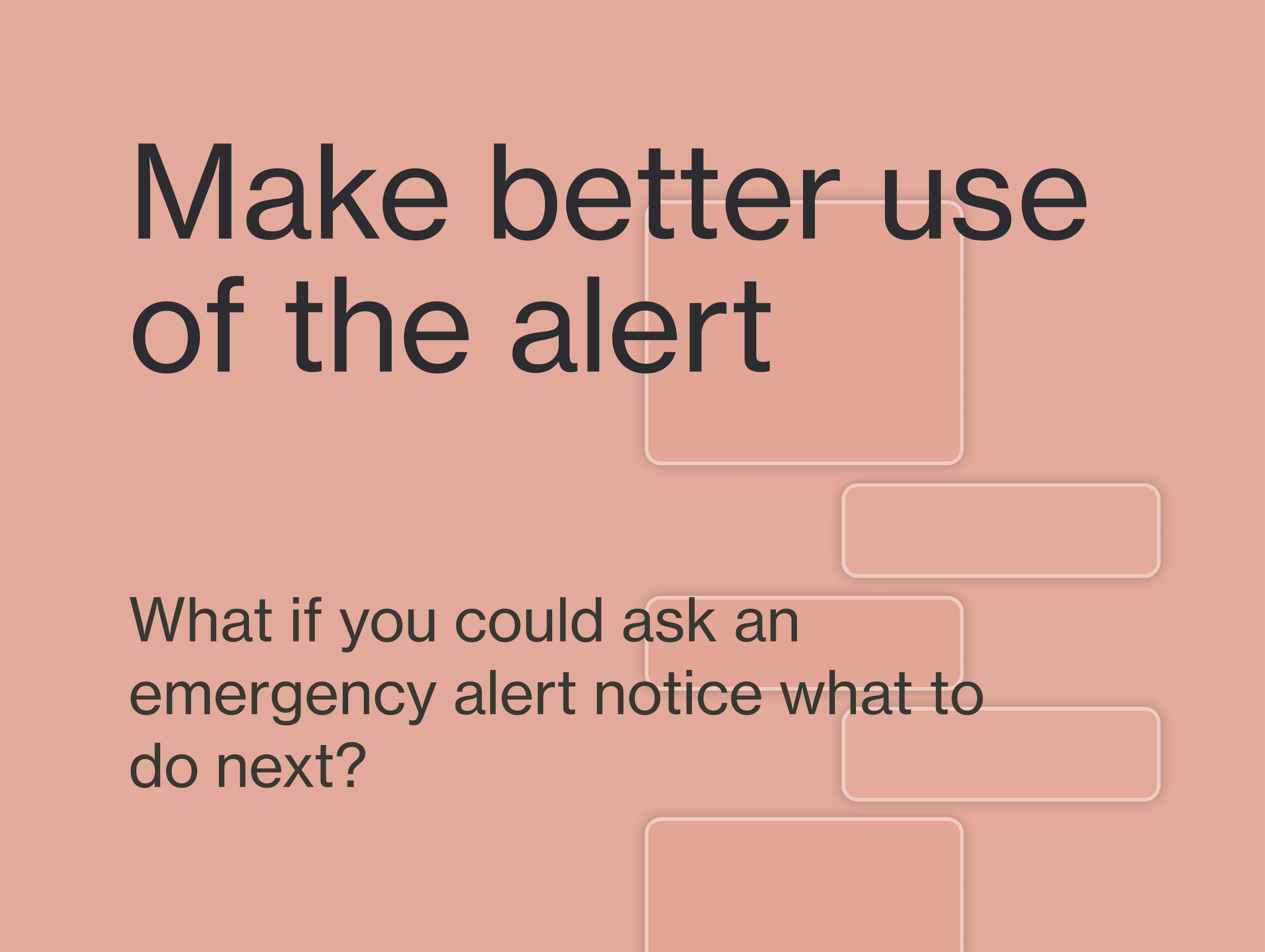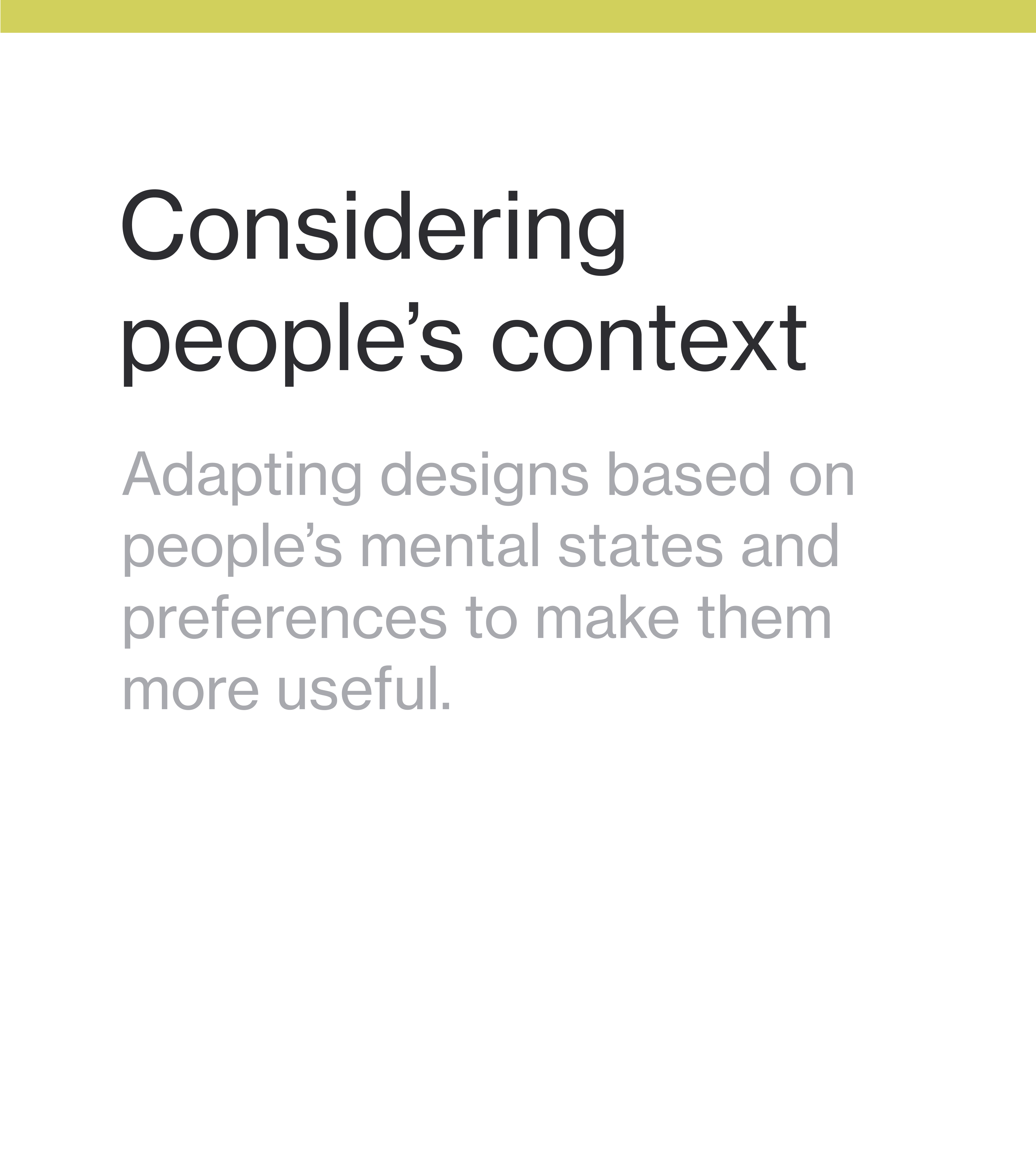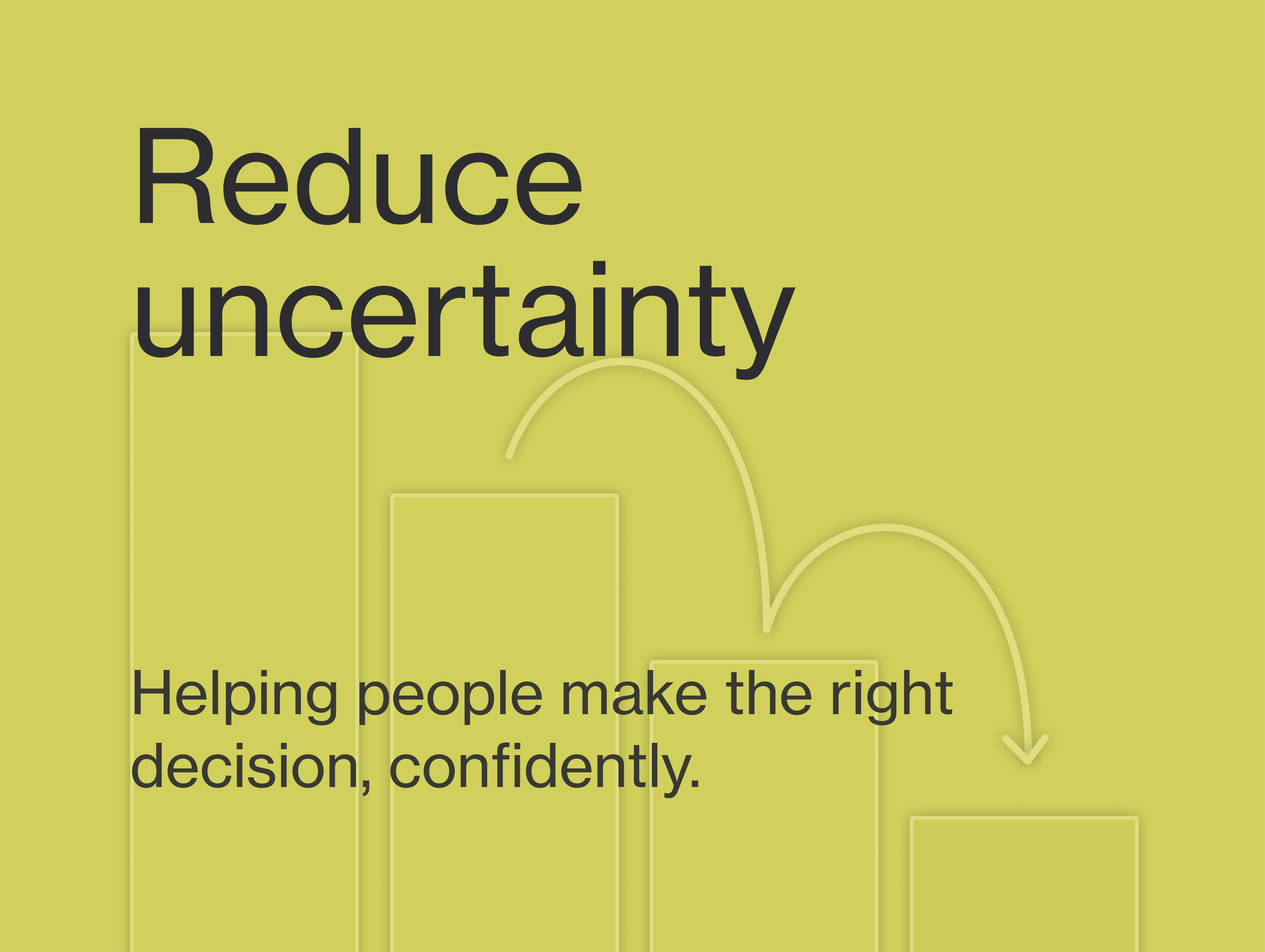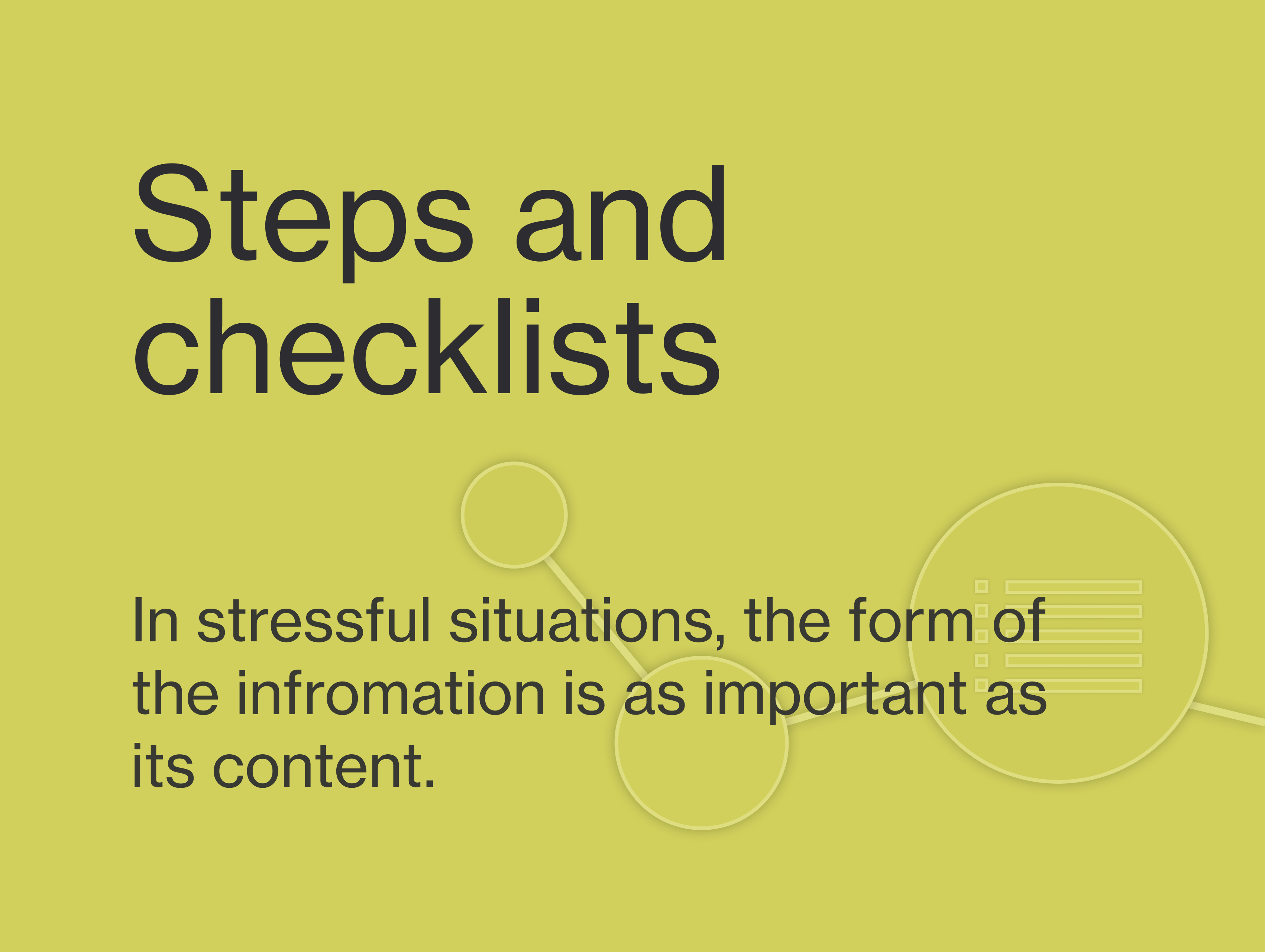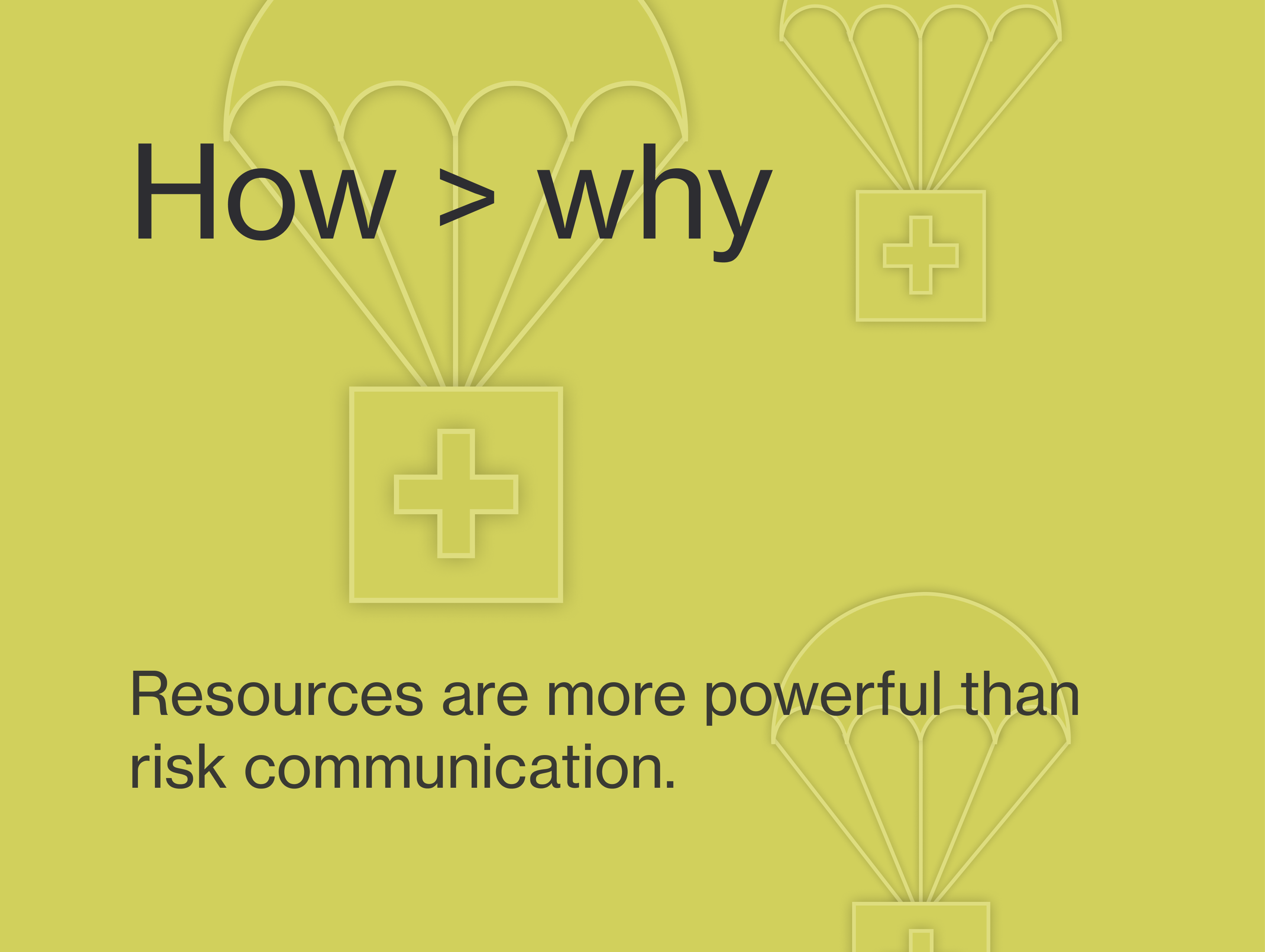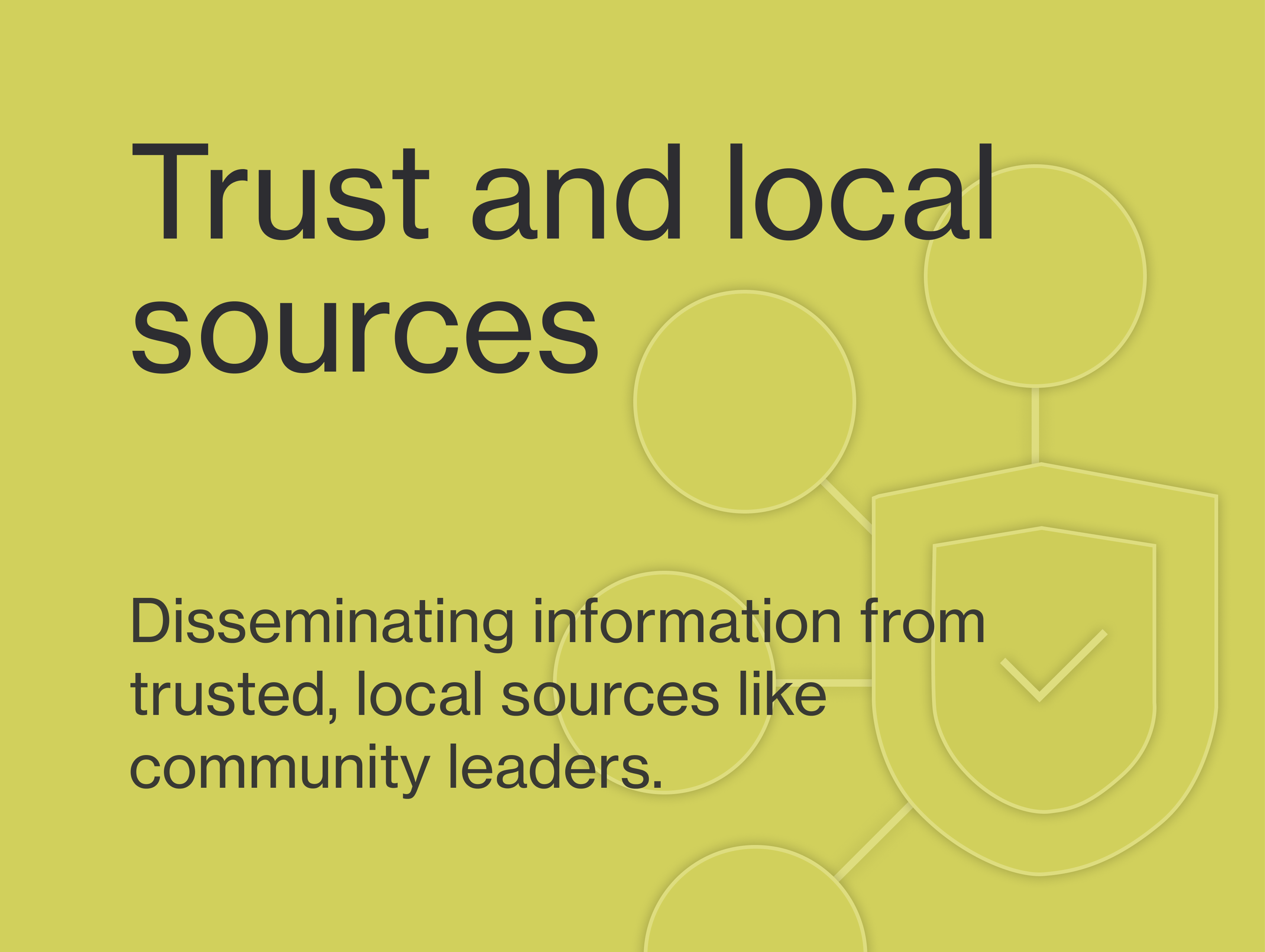Considering people’s context
Reduce uncertainty
Experiencing a disaster is full of uncertainty, as most people have no prior experience of such an event. This makes people pick familiar options over the ones that are best for their safety. Providing clarity, details, and context when offering resources helps people make the right decisions.
Examples
______
Inspire more confidence in decision
Most people have never experienced an evacuation centre. We provided more context about the centre, framing it as local, providing a photo and basic details. This way, people have a sense of where they could go and are more comfortable with evacuating their home.
Supporting research
______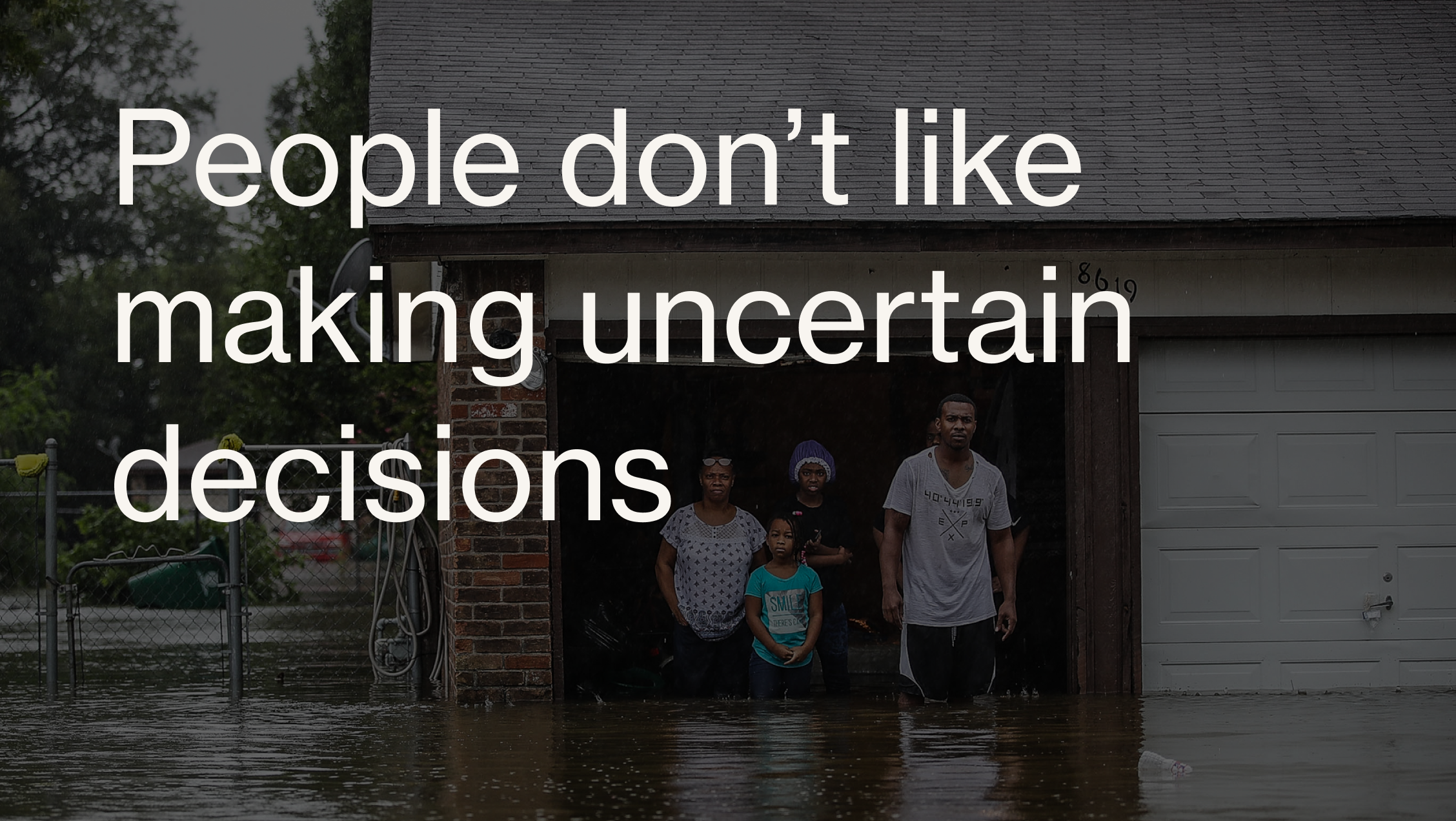
“We observed a coupling between emotional and somatic state, with subjective and physiological tuning to uncertainty tightly correlated.
The main finding was that all measures of stress, both subjective and objective, maxed out when uncertainty was highest. Uncertainty is more stressful than predictable negative consequences.
“Computations of uncertainty mediate acute stress response” Archy DeBerker, Nature Journal, 2016
The main finding was that all measures of stress, both subjective and objective, maxed out when uncertainty was highest. Uncertainty is more stressful than predictable negative consequences.
“Computations of uncertainty mediate acute stress response” Archy DeBerker, Nature Journal, 2016
